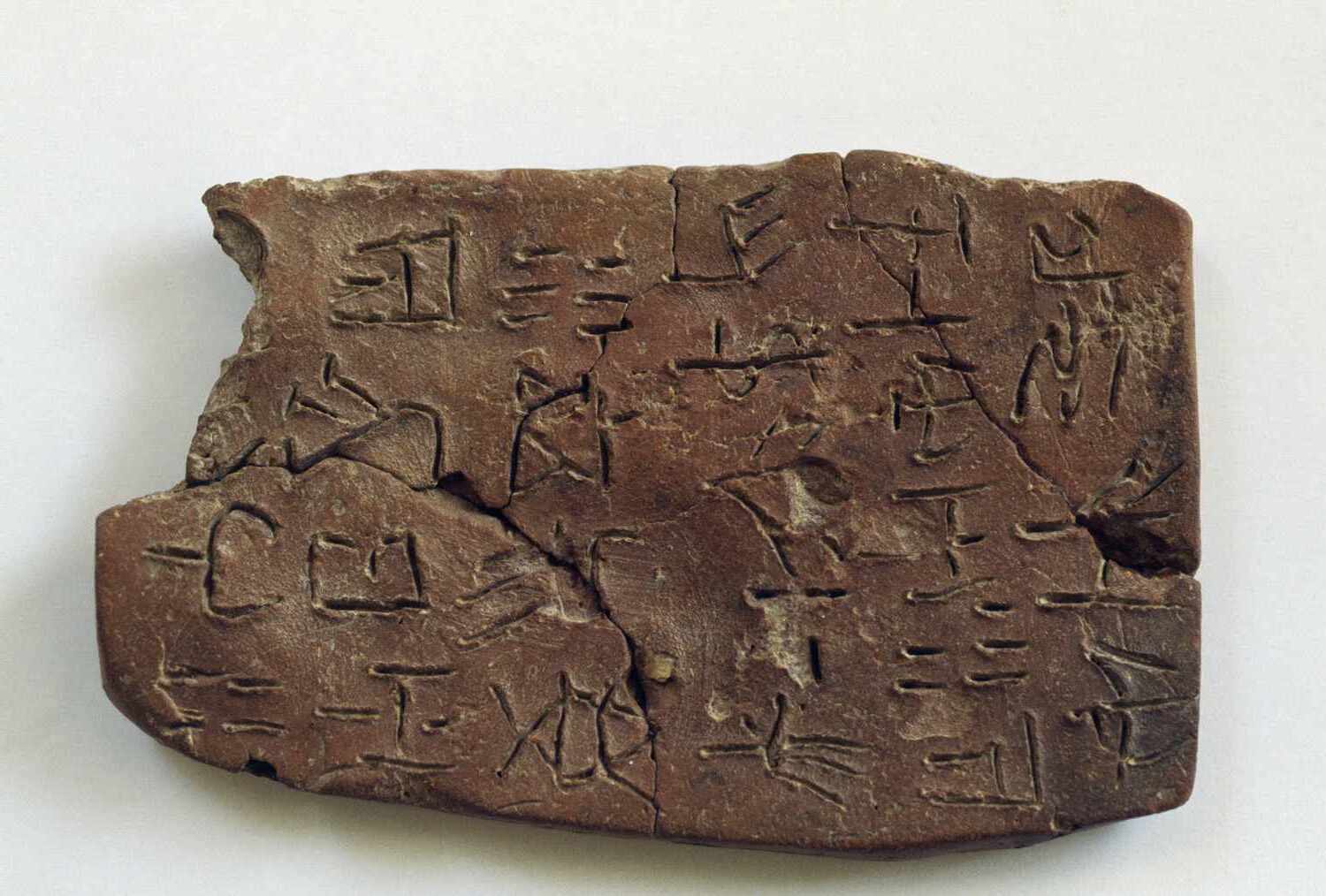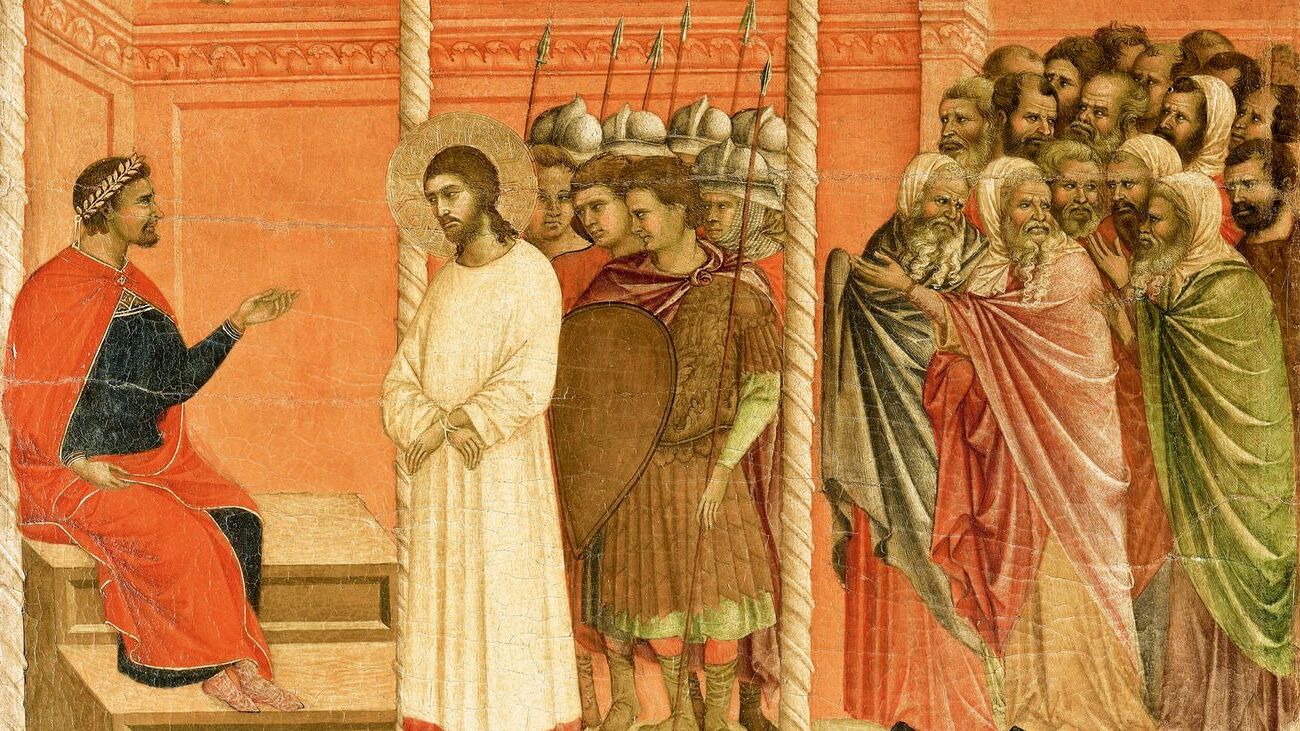
Linear B script is an ancient writing system used by the Mycenaean Greeks, primarily for record-keeping. Deciphered in 1952 by Michael Ventris, this breakthrough revealed much about early Greek civilization. Before Ventris, scholars struggled for decades to understand the script. Linear B consists of around 90 syllabic signs and ideograms, representing objects or commodities. The script was mainly found on clay tablets in places like Knossos and Pylos. These tablets provide insights into Mycenaean administration, economy, and daily life. Understanding Linear B helps historians piece together the puzzle of ancient Greek history, shedding light on a civilization that thrived over 3,000 years ago.
Key Takeaways:
- The decipherment of Linear B script revealed ancient Greek society and language, rewriting history and influencing linguistics, inspiring ongoing research and technological advancements.
- Linear B, a syllabic script from 1450 BCE, puzzled scholars until Michael Ventris cracked the code in 1952 with Alice Kober's groundwork, shedding light on Mycenaean civilization and its centralized economy.
The Mystery of Linear B Script
Linear B is an ancient script that puzzled scholars for decades. Used by the Mycenaean civilization, it was a key to understanding their language and culture. Let's dive into some fascinating facts about its decipherment.
-
Linear B was discovered in 1900: British archaeologist Sir Arthur Evans unearthed the script at the Palace of Knossos on Crete.
-
It dates back to 1450 BCE: Linear B was used from around 1450 BCE until the fall of the Mycenaean civilization around 1200 BCE.
-
Linear B is a syllabary: Unlike alphabets, each symbol in Linear B represents a syllable rather than a single sound.
The Decipherment Journey
The path to deciphering Linear B was long and filled with challenges. Many brilliant minds contributed to cracking this ancient code.
-
Michael Ventris cracked the code: In 1952, British architect Michael Ventris deciphered Linear B, revealing it to be an early form of Greek.
-
Alice Kober's crucial role: American classicist Alice Kober's meticulous work laid the groundwork for Ventris's breakthrough.
-
John Chadwick's collaboration: Ventris teamed up with classical scholar John Chadwick to publish their findings, solidifying the decipherment.
The Script's Structure and Content
Understanding the structure and content of Linear B tablets provides insight into Mycenaean society and administration.
-
Over 87 symbols: Linear B consists of around 87 syllabic signs and over 100 ideograms representing objects or commodities.
-
Administrative records: Most Linear B tablets are administrative records, detailing economic transactions, inventories, and offerings.
-
No literature found: Unlike other ancient scripts, no literary texts have been discovered in Linear B.
The Mycenaean Civilization
The decipherment of Linear B opened a window into the Mycenaean civilization, revealing much about their society, economy, and culture.
-
Mycenaean Greek: Linear B represents the earliest known form of Greek, predating the classical Greek alphabet by several centuries.
-
Palatial centers: The script was primarily used in palatial centers like Knossos, Pylos, and Mycenae.
-
Centralized economy: The tablets indicate a highly centralized economy, with palaces controlling production and distribution.
Challenges in Decipherment
Deciphering Linear B was no easy feat. Scholars faced numerous obstacles along the way.
-
Fragmentary tablets: Many tablets were incomplete or damaged, making interpretation difficult.
-
Unknown language: Initially, scholars didn't know that Linear B represented an early form of Greek.
-
Complex script: The combination of syllabic signs and ideograms added to the complexity of decipherment.
Impact of Decipherment
The successful decipherment of Linear B had a profound impact on our understanding of ancient history and linguistics.
-
Rewriting history: The decipherment pushed back the timeline of written Greek by several centuries.
-
Influence on linguistics: It provided valuable insights into the development of the Greek language and its Indo-European roots.
-
New archaeological approaches: The decipherment encouraged archaeologists to re-examine other undeciphered scripts.
Ongoing Research
Despite the breakthrough, research on Linear B continues, with scholars seeking to uncover more about the Mycenaean world.
-
New tablets discovered: Ongoing excavations occasionally yield new Linear B tablets, adding to our knowledge.
-
Digital tools: Modern technology, including digital imaging and databases, aids in the analysis of Linear B texts.
-
Comparative studies: Scholars compare Linear B with other ancient scripts to gain further insights.
Fun Facts
Linear B has some quirky and interesting aspects that make it even more intriguing.
-
No punctuation: The script lacks punctuation, making it challenging to determine sentence boundaries.
-
Linear A mystery: Linear B's predecessor, Linear A, remains undeciphered, adding to the intrigue.
-
Ventris's dream: Michael Ventris reportedly had a dream that helped him make a breakthrough in deciphering the script.
-
Cultural impact: The decipherment of Linear B has inspired numerous books, documentaries, and even fictional works.
The Legacy of Linear B
Linear B's decipherment opened a window into ancient Greek civilization. Michael Ventris, an architect with a passion for languages, cracked the code in 1952. His work revealed that Linear B was an early form of Greek, used primarily for record-keeping in Mycenaean palaces. This breakthrough provided insights into the administrative, economic, and religious practices of the time.
The tablets, found mainly in Knossos and Pylos, listed inventories, transactions, and offerings to gods. They showed a complex society with a centralized economy. Ventris' achievement was monumental, shedding light on a previously obscure period of history.
Linear B's decipherment also highlighted the importance of interdisciplinary collaboration. Ventris worked closely with linguist John Chadwick, combining skills from different fields to solve the puzzle. Their success remains a testament to human curiosity and the relentless pursuit of knowledge.
Frequently Asked Questions
Was this page helpful?
Our commitment to delivering trustworthy and engaging content is at the heart of what we do. Each fact on our site is contributed by real users like you, bringing a wealth of diverse insights and information. To ensure the highest standards of accuracy and reliability, our dedicated editors meticulously review each submission. This process guarantees that the facts we share are not only fascinating but also credible. Trust in our commitment to quality and authenticity as you explore and learn with us.


